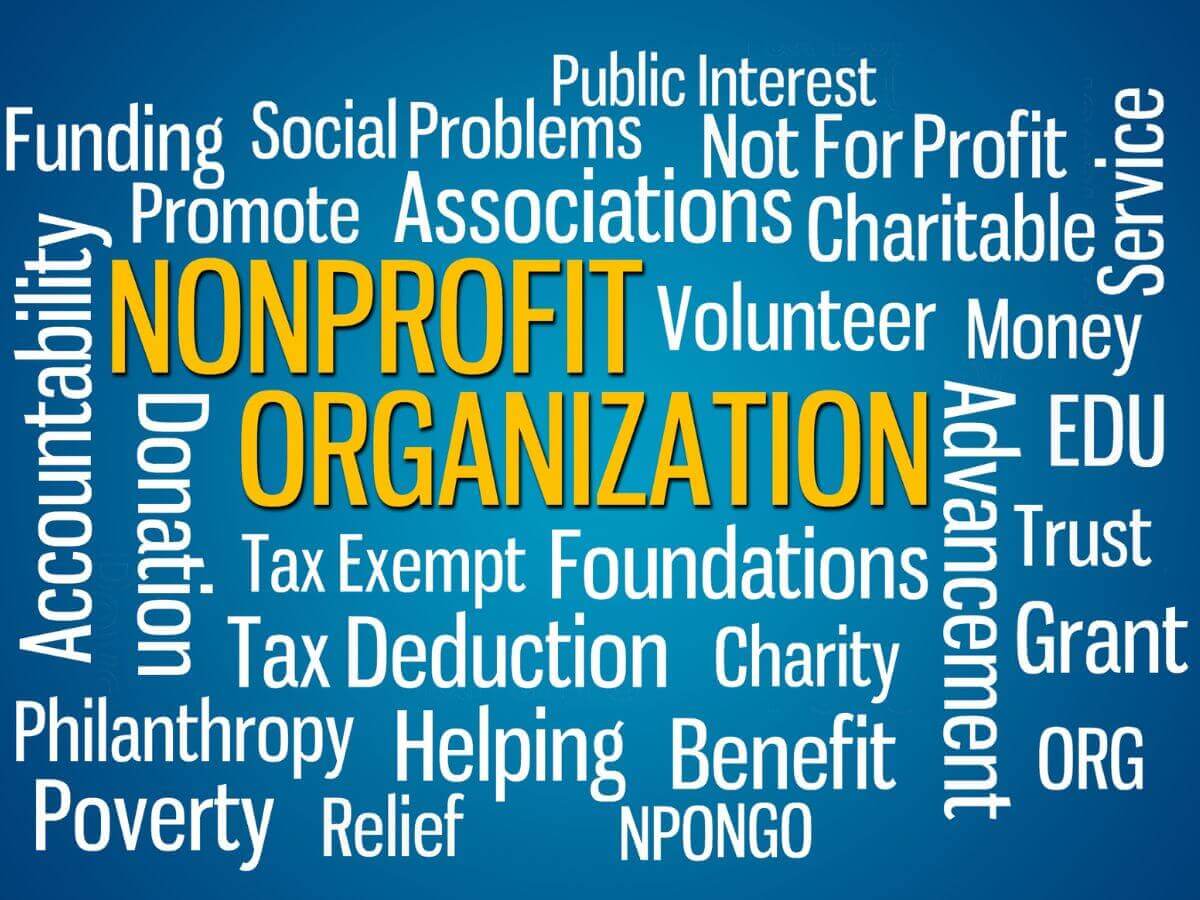It is great to give back to the community, and if that has been at the forefront of your thoughts, we commend you for such ideas! But these ideas cannot become reality if you do not know how to set up a Nonprofit Organization. In this piece, we will discuss all you need to know about how to set up a nonprofit Organization.
To start, we would like to inform you that setting up a nonprofit has two broad steps. The first is the Pre-Incorporation matters (Or what we also refer to as Pre-investigation Matters) as regards nonprofit and all other legal matters as it involves setting up a Nonprofit Organization.
You need to know the preliminaries involved in starting a nonprofit before you even proceed to take the necessary steps of incorporation. These are some of the nitty-gritty of what makes a business successful. Sit back while we take you through the First step.
How to Setup a Nonprofit Organization – Pre-Investigation Matters
1. Feasibility Study and Need Analysis
It is of utmost importance to inquire into the nature of your nonprofit organization and whether such is feasible. A feasibility study will enable you to determine whether you have the resources needed to start a nonprofit. For you to start a nonprofit, you must consider the cost of registration, legal fees, and the amount required to commence business. The average cost you should budget for these activities is between $2,500 to $5,000.
A feasibility study will also require that you look into the appointment of your first directors. You need enough volunteers and staff to achieve the objective of the company.
You also want to consider if you can commit the time and efforts to the growth of your nonprofit. Like every other type of business organization, nonprofits also require attention to build and sustain. Thus, consider pausing to ask if your other engagements will deny you the time needed to invest in your nonprofit.
Is your intended nonprofit able to serve the community’s needs? You must be able to differentiate between the needs and wants of the community. For every organization, there must be a gap in the community your nonprofit will fill. It will also help you to attract donors to your nonprofit. If your nonprofit does not intend to address the question raised at the start of this paragraph, donors might choose other nonprofits that are really meeting the community’s needs.
There are examples of questions recommended by Forbes that may help you know how feasible, and take a need base approach to set up a nonprofit organization;
Recommended Questions That a Nonprofit should Ask before Setting Up
- Will the economy support the project of a nonprofit organization? When you live in a community with a large percentage of its populace being poor or, to put it mildly, earn below the minimum wage and are struggling to feed or keep body and soul together, it will be impossible if you expect them to support your nonprofit.
- Are there competitors in the community who are currently meeting the needs? You do not want your service to be redundant. Therefore, you must assess the organizations that are active and currently meeting the needs of the community. The National Council of Nonprofits has a tool that can help you assess your competitors. Where they are already established, it might mean having to compete with them for funds and donations.
2. Start with a Fire
It is required that you start with the right foundation. You would want to do the following;
- Write a Mission Statement: Why do you do what you do? What was the reason for the startup of the nonprofit organization, and how did you do it? These questions should be answered in your mission statement. It will also help to motivate your team internally. Keep your Mission Statement clear, concise, and unambiguous to achieve the best results.
- Draft Purpose Statement: Your nonprofit organization must have been setup for a purpose or objective. You want to state it in not more than 50 words and the type of service your nonprofit offers. Try not to draft this in a restricted manner to give way for growth and expansion; for the future’s sake.
Candid Learning said that drafting a business plan tailored to the main purpose your nonprofit wishes to meet will serve you at the earliest stages. If you have problems writing a business plan for a nonprofit organization, check out the ways to write a business plan for a nonprofit organization here.
Now that you understand the first step, it is relevant before we explain the second phase of how to setup a nonprofit organization; and the types of nonprofits available.
Types of Nonprofit Organizations
While there are numerous types of 501(c) Nonprofit designations, three are discussed hereunder. They are 501(c) (3), 501(c)(4) and 501(c)(7). The designation into types comes with the nature, benefits, and restrictions any nonprofit can take to achieve a specific purpose. These are:
Charitable Nonprofits – 501(c)(3)
One of the major benefits of the 501(c)(3) apart from being the commonly used type of 501(c), is that they are the most convenient when you want to raise funds from donors and money from grants. Instances where this type can be used are; educational nonprofits, religious support, and medical research.
However, with the benefits also come restrictions. They are not permitted to partake in lobbying or political activities. If they lobby, the money used to fund that project should not be more than 10% of their operational budget.
Failure to comply will mean forfeiting tax-exempt status granted to 501(c)(3) nonprofits.
Political or Lobbying Nonprofits Organization – 501(c)(4)
First, the donations this type of nonprofit receives are not tax-deductible. And it behooves the organization to disclose to the donor that the donation will not be subject to tax deductions.
Generally, they deal with social welfare services, and the purpose of setting this nonprofit up is to promote the public good. They enjoy some laxity compared with 501(c)(3) in that they can engage in lobbying and political activities. The latter privilege extends to endorsing a candidate for an elective position and sponsoring legislation.
Therefore, if the main purpose of setting up your nonprofit is to take a political stand in your community, it is best you setup a 501(c)(4) nonprofit organization.
Social and Recreational Club Nonprofit – 501(c)(7)
This nonprofit depends on member donations in the form of fees and dues to operate. And are mostly used for nonprofits in the social and recreational circle.
The funding process of this type of nonprofit is mandated to be 50% donations from members, 35% from nonmembers, and 15% from the rental of the social or recreational facilities to the members of the public. Though contributions of 50% from members are exempted from tax deductions, non-membership contributions may be subject to tax deductions.
Examples of nonprofit organizations under this heading are; community associations, dinners, sports clubs, country bars, etc.
If the type of nonprofit organization you want to setup is not under the subheadings discussed above, you can conduct research for other 501(c) nonprofit organizations from Publication 557 (Rev. January 2022) at the Internal Revenue Service.
How to Setup a Nonprofit Organization – Legal Matters / Incorporation
Choose your Nonprofit Name
Before you incorporate your nonprofit organization, you have to choose a name that is short and surrounds the purpose of the establishment. The name chosen should also convey your value and mission statement. It must be a name that will stick and resonate with your target audience.
Remember, you must not choose a name that is already trademarked or in use by another business. You can check for name availability from the Secretary of State in your State from this list.
In addition, this name will become your domain name if you decide to own a website. Thus, a search is recommended to confirm if such a name is not already in use at GoDaddy’s Domain Search Tool.
2. File for Incorporation
This process requires that you have a list of the documents needed to file for the Articles of Incorporation to enjoy the legal status of a business as defined by the laws of your state. It will also require that you pay filing fees and other incidental matters.
For instance, in Texas, you can file for incorporation by visiting the Texas Secretary of State for the list of requirements and how to go about the forms.
If you stay in a State aside from Texas, visit the Internal Revenue Service Website for the list of incorporation requirements for your state’s nonprofit organization.
3. File for Tax-Exemption at the Federal and State Levels, if any.
As stated above, there are some 501(c)(3) nonprofit organizations that enjoy tax exemption from the Federal Government through the IRS. You will want to file for the exemption to enjoy the granted privileges. While other States may also have their own requirements. Hence, you check with the State authority on how to file for Nonprofit tax-exempt status.
4. Regulatory Compliance
It is not sufficient that you go dormant after filing for tax-exempt status. You have to keep complying with the regulations to maintain your tax-exempt status. You can do this by filing your Federal and State tax forms annually or as stipulated by the authority. Keep detailed financial and up-to-date records of your nonprofit organization. Adhere to the bye-laws of your community and many more.
We know you must have been overwhelmed by now as the above steps on how to set up a nonprofit organization went into details of all that is required before and for you to start your nonprofit organization. We advise that you use the above to successfully choose your nonprofit type, which immediate community needs it wants to address, and the willing prospect to donate to your nonprofit organization to attain the purpose of formation. After setting up, the next step is to identify sponsorship opportunities for Non-profit organizations.







This is really good stuff that I can definitely use!
Thank you so much @Lasonya. We are glad that you find the article useful. You can kindly register on our website to get insight into promoting your business, events and network for free.